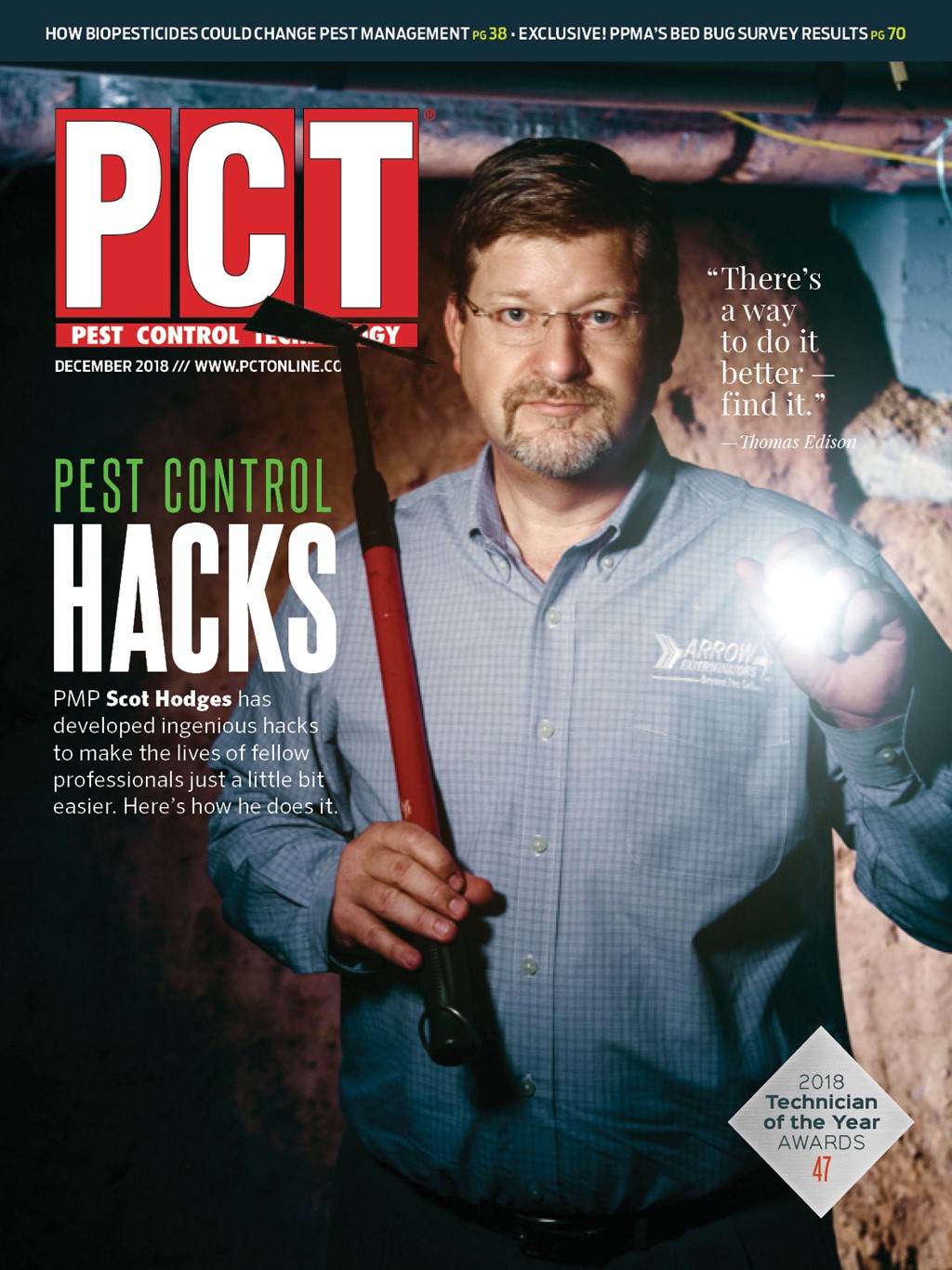
Editor’s note: This article originally appeared in a PCT e-newsletter titled “Focus on Bed Bugs,” which was sponsored by MGK.
When Charles Dickens wrote his epic novel Great Expectations, it is a safe assumption that he was not writing about customers with a bed bug infestation in their home, apartment or hotel…but he could have been.
Great (or at least very high) expectations are what today’s consumers have of the pest management professionals they hire to rid their home or place of business of these most unwanted pests.
How do PMPs live up to these lofty expectations? A lot has to do with properly setting expectations with customers before any treatment begins.
“Each insect is unique and there is not a one-size-fits-all way of treating for them,” says Dr. Susan Jones, a researcher at The Ohio State University who works extensively with pest management professionals on bed bug control strategies. “This is the first thing a pest professional needs to explain to a customer and help set the proper expectations.”
Jones says bed bugs possess the ability to adapt and survive in a variety of environments and as a result there are no quick and easy solutions to eliminating them.
“In most cases multiple treatments using different methods such as insecticides or heat are needed in order to achieve control and consumers must be informed of this before any service is agreed upon,” says Jones. “Treating bed bugs is not a one-and-done proposition.”
The veteran researcher also says consumers must accept the realities of what it takes to truly achieve control of bed bugs in their homes, apartments or businesses.
For example, heat treatments are a widely used and effective method for eliminating bed bugs but they offer no residual. Bed bugs could be reintroduced into the home or apartment 24 hours later and there would be no residual product to stop them.
DIFFERENT ACCOUNTS. How you communicate with clients about bed bugs will vary by the type of account you are dealing with, according to Rick Cooper, Ph.D., senior director of service, Terminix.
In single-family homes, the likelihood of frequent reinfestation is less likely than a hotel, transitional housing or an apartment building.
“When you are working in a multi-family account you could be facing a chronic bed bug problem and your approach with customers’ needs to be different,” says Cooper.
Cooper recommends a proactive strategy focused on education and expanded inspection practices, especially in apartment and condominium complexes where bed bugs can easily move between adjoining units (next door, below and above).
“Unless pest professionals have access to all units in a building to conduct a proper inspection, identify the source of and assess the severity of the infestation, it is unlikely complete control will be achieved,” says Cooper. “You will end up chasing your tail and the client will be frustrated as well.”
CUSTOMER COMMUNICATION. It is also a sound practice to manage customer expectations on how to react to a potential bed bug sighting.
“Seeing a single bed bug or what a customer thinks is a bed bug isn’t cause for an emergency,” says Mark Sheperdigian, B.C.E., vice president of technical services for Rose Pest Solutions in Troy, Mich. “One bed bug doesn’t necessarily mean there is a full-blown infestation in place.”
Making the proper identification is the first step — have the client put the bug in a bag with a note stating when and where it was found — and then follow up with a thorough inspection.
Monitoring with traps and interceptors may also be needed and explaining how these tools are used is also part of the client education/managing expectations experience.
Once pest management professionals explain to clients it could require several service visits using various methods to achieve control, PMPs need to review what they expect from the client in the pre-treatment phase.
Experts agree that pest management professionals may be placing too heavy a burden or be overly reliant on clients when it comes to the preservice preparation phase.
Cooper cites the example of senior citizens or disabled persons not being able to move furniture or reduce the amount of clutter in an apartment or home prior to treatment.
“In these cases PMPs may need to do more prep work on the front end than is normally required to ensure an environment that gives the treatment the best possible chance for success,” says Cooper.
Ohio State’s Jones says pest professionals must put less work on the client in the preparation phase and use the time to their advantage.
“In some cases PMPs miss out on identifying the true source of an infestation or perpetuate the infestation by letting a client move items around before the treatment,” says Jones. “For example, a client bagging bed bug-infested clothing and not laundering them will result in the reintroduction of those same bed bugs into the home or apartment once the treatment is complete.”

Explore the December 2018 Issue
Check out more from this issue and find your next story to read.
Latest from Pest Control Technology
- SiteOne Hosts 2024 Women in Green Industry Conference
- Veseris Celebrates Grand Reopening of the Miami ProCenter
- Rollins' 2024 Second Quarters Revenues up 8.7 Percent YOY
- Fleetio Go Fleet Maintenance App Now Available in Spanish
- German Cockroach Control Mythbusting
- Total Pest Control Acquires Target Pest Control
- NPMA Workforce Development Shares Hiring Updates
- Certus Acquires Jarrod's Pest Control





